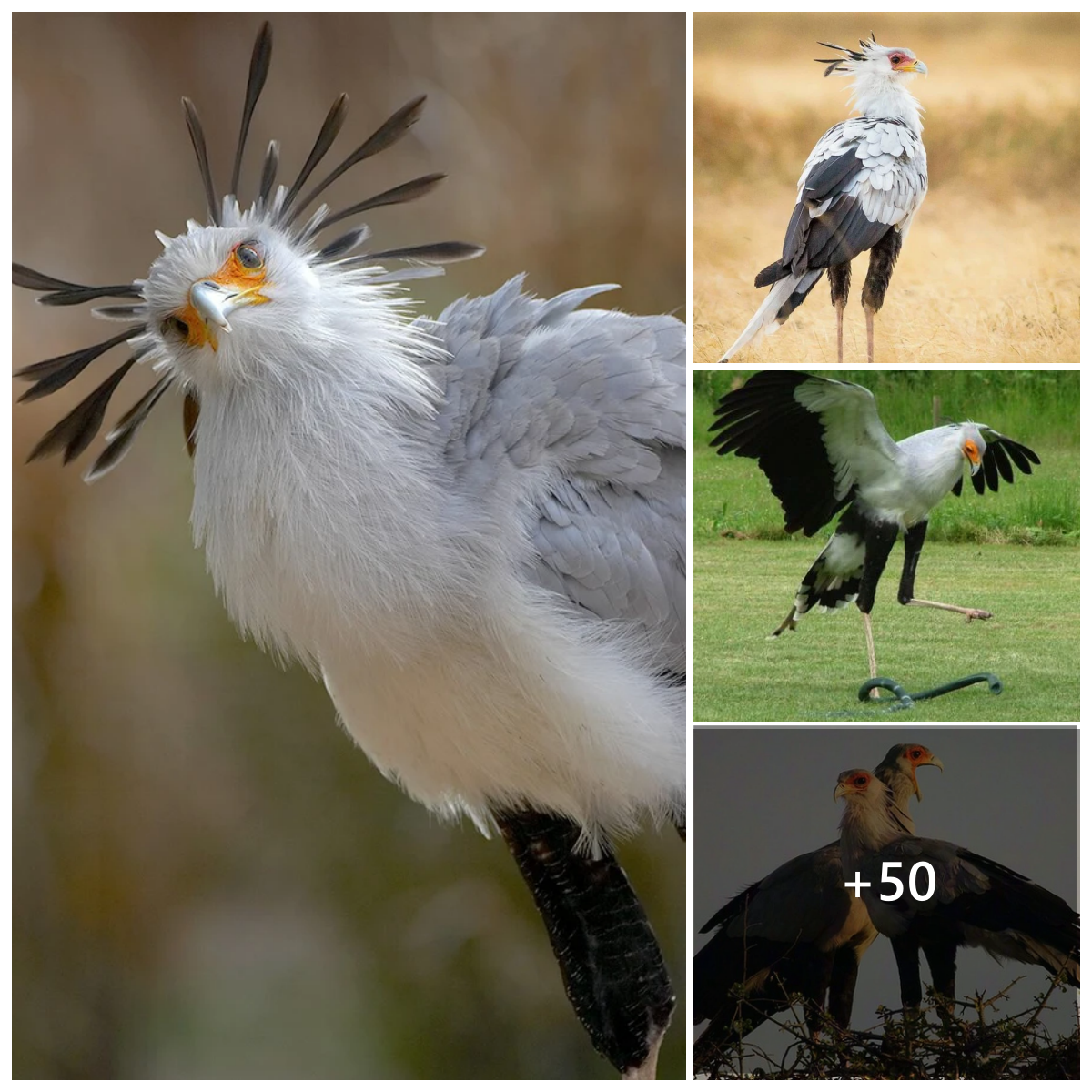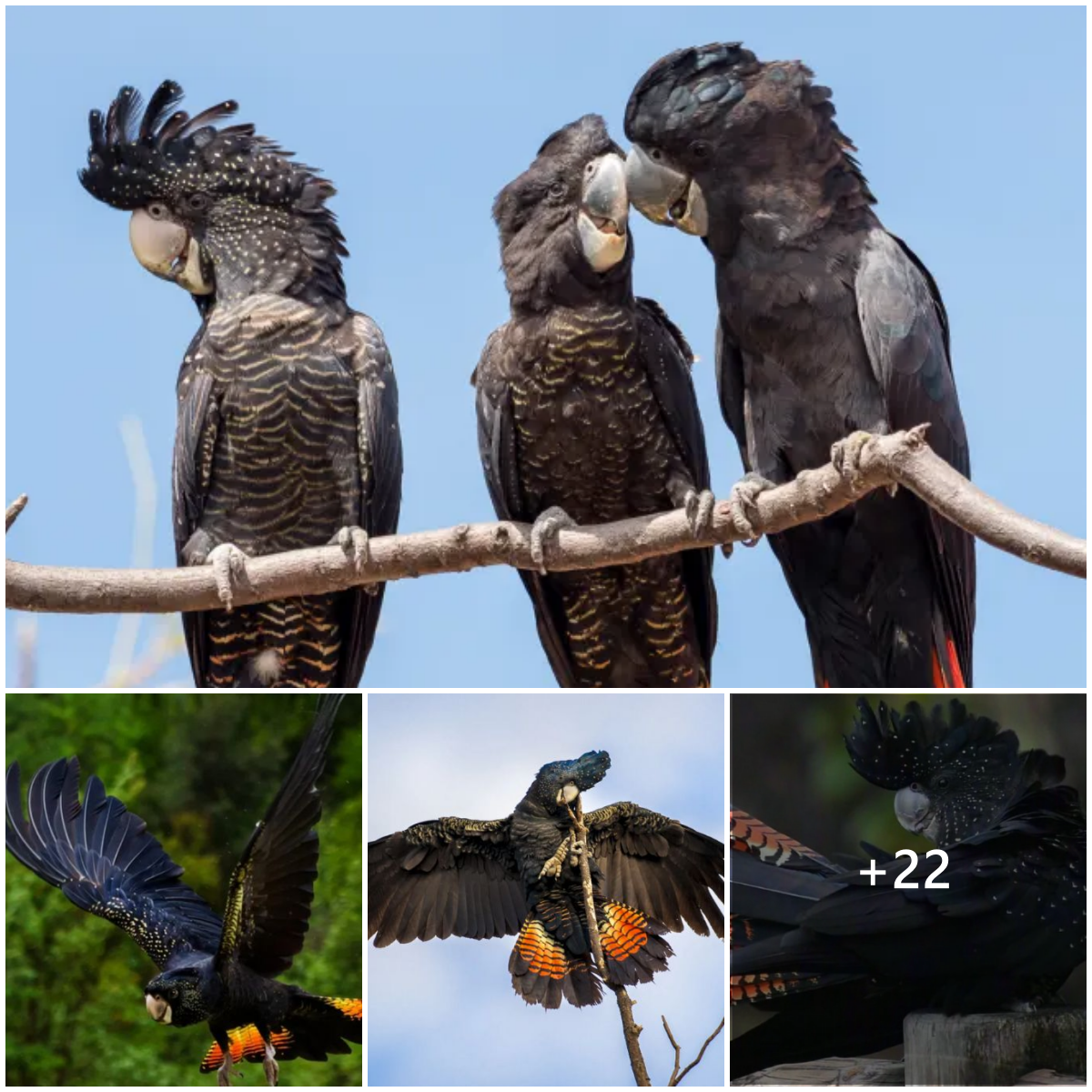
Appearance and Habitat The Lear’s Macaw is a large parrot that is easily recognizable by its bright blue feathers and yellow facial skin. It has a strong, curved beak that it uses to crack open hard nuts and seeds, and it is an expert flier that can soar for miles on end. The bird’s habitat is the arid Caatinga region of Brazil, which is characterized by scrublands, thorny bushes, and cacti.
Threats to the Lear’s Macaw Despite its impressive appearance and natural abilities, the Lear’s Macaw is facing a number of threats to its survival. The primary threat is habitat loss and degradation, as the Caatinga region is being converted to agriculture and pastureland. The bird’s reliance on a specific type of palm tree for nesting and feeding also makes it vulnerable to habitat fragmentation.

Another threat is poaching, as the Lear’s Macaw is a highly prized bird in the illegal pet trade. This trade not only reduces the wild population of the bird but also creates a captive population that is often genetically distinct and unable to contribute to the recovery of the wild population.
Conservation Efforts To address these threats, a number of conservation efforts are underway. One of the most important is the establishment of protected areas, such as the Raso da Catarina Ecological Station and the Canudos Biological Reserve. These areas provide crucial habitat for the bird and protect it from further habitat loss and degradation.

Other efforts include the creation of artificial nest boxes, which provide additional nesting sites for the bird and help mitigate the effects of habitat fragmentation. Conservation groups are also working to reduce the demand for the Lear’s Macaw in the illegal pet trade and to promote sustainable development practices that preserve the bird’s habitat.
The Importance of Conservation Conserving the Lear’s Macaw is not only important for the survival of the bird itself, but also for the health of the Caatinga ecosystem and the other species that depend on it. The Caatinga is a unique and important habitat that is home to a wide variety of plants and animals, and it plays a critical role in regulating the local climate and water resources. By conserving the Lear’s Macaw and its habitat, we can help ensure the continued health of this important ecosystem.

Conclusion The Lear’s Macaw is a beautiful and iconic bird that is facing significant threats to its survival. However, through conservation efforts such as protected areas, artificial nest boxes, and sustainable development practices, we can help protect this species and its habitat. By working together to conserve the Caatinga ecosystem, we can ensure that this magnificent bird continues to thrive for generations to come.





